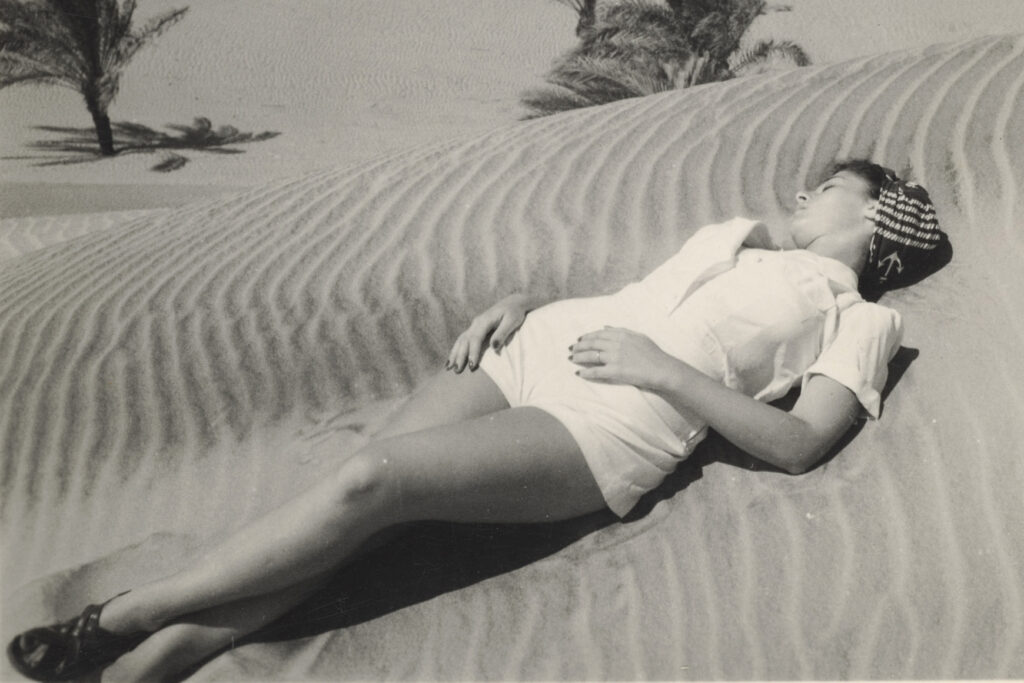
1940–45. Courtesy Philippe Aghion and Chloé Archive, Paris.
If you have never heard the name Gaby Aghion (1921-2014), you are not alone. Founder of fashion house Chloé, she was the antithesis of the public figure who seeks to become a brand name figure. Now, 10 years after her death, Aghion is the subject of a monographic exhibition at the Jewish Museum, Mood of the Moment: Gaby Aghion and the House of Chloé.
This exhibition started when Dennis Freedman—the New York-based creative director and collector—visited the archives of the fashion house Chloé and discovered that the dynamic founder of this famed brand was an Egyptian Jew who immigrated to Paris and established the first prêt-à-porter (ready-to-wear) collection; Freedman made the connection with the Jewish Museum. Aghion named her fashion house Chloé in order to capture a feminine allure and the stylish, effortless fashion for which the label would become known for. The show comes to explore the way in which its creative directors remained loyal to Aghion’s legacy throughout its history, while always honoring her vision. Having the privilege of a private tour by guest curator Choghakate Kazarian was a great treat. Kazarian, an art historian, views fashion as art, which is the basis for how she devised the curatorial program of this fantastic show.
Gaby Aghion founded Chloé in 1952 in an effort to offer women in Paris something they did not have before: great fashion outside of the world of French haute couture. It was already daring for a woman—any woman—in the postwar years to found her own business, but Aghion managed to create a concept never seen before, thinking completely outside the box. It was based in meticulous craftsmanship and great fabrics, but with silhouettes that were simple and comfortable to wear, without the necessity for personal fit in the manner of the couture houses. Aghion sought to give mid-century women the ability to dress according to the zeitgeist: with a light and casual elegance.
In the black-and-white photographs, you see Aghion in Alexandria, lying on the beach, sweet memories of her life pre-Paris. Learning about her early life in a sophisticated French-speaking Egyptian Jewish family in Alexandria brought to mind a novel I recently read, Alexandrian Summer by Israeli novelist Yitzhak Goren. In this powerful autobiorgaphy, he illustrates the life of Jewish families living in Alexandria before the military coup that toppled King Farouk in 1952; the same year Aghion founded Chloé. Together with her husband Raymond Aghion, she immigrated to Paris just after the end of WWII, and the two immediately integrated into the intellectual world of the Left Bank. When founding Chloé, she announced, “I have no talent. I recognize the talent in others.”
The exhibition perfectly captures the spirit of Chloé’s fashion. Within the Jewish Museum’s landmark Warburg Mansion, the backdrop of the show is made of a series of walls draped in white, allowing the chic, simple, stylish pieces to shine. All garments are hung on hangers rather than on mannequins, which is unusual for a museum fashion exhibit, but reflects the way in which they are stored at the Chloé’s archives. The story of Chloé is one of super talented fashion designers who started their careers here, and each added their own individual voice to its legacy while continuing to honor that simple, chic, effortless fashion which came to be synonymous with the brand. Firstly it was Karl Lagerfeld who joined in 1966 and stayed for nearly 20 years before returning for 5 more years in the 90s. There are several designers, such as Stella McCartney, Phoebe Philo, and Clare Waight Keller, who each contributed their own signature while being sure to create according to the brand image. The last room is particularly compelling, containing a display of the variety of shirt designs that are so synonymous with Chloé.
The exhibition will open through February 18th.
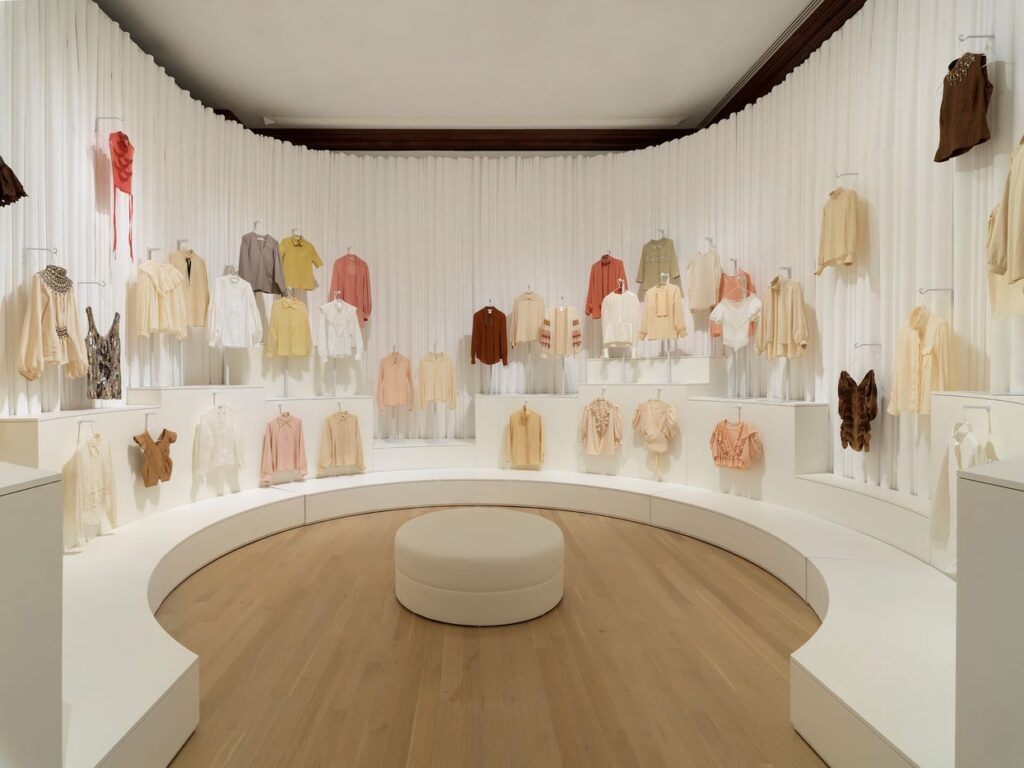
Museum, NY, October 13, 2023-February 18, 2024. Photo by Dario Lasagni. Image courtesy the
Jewish Museum, NY.
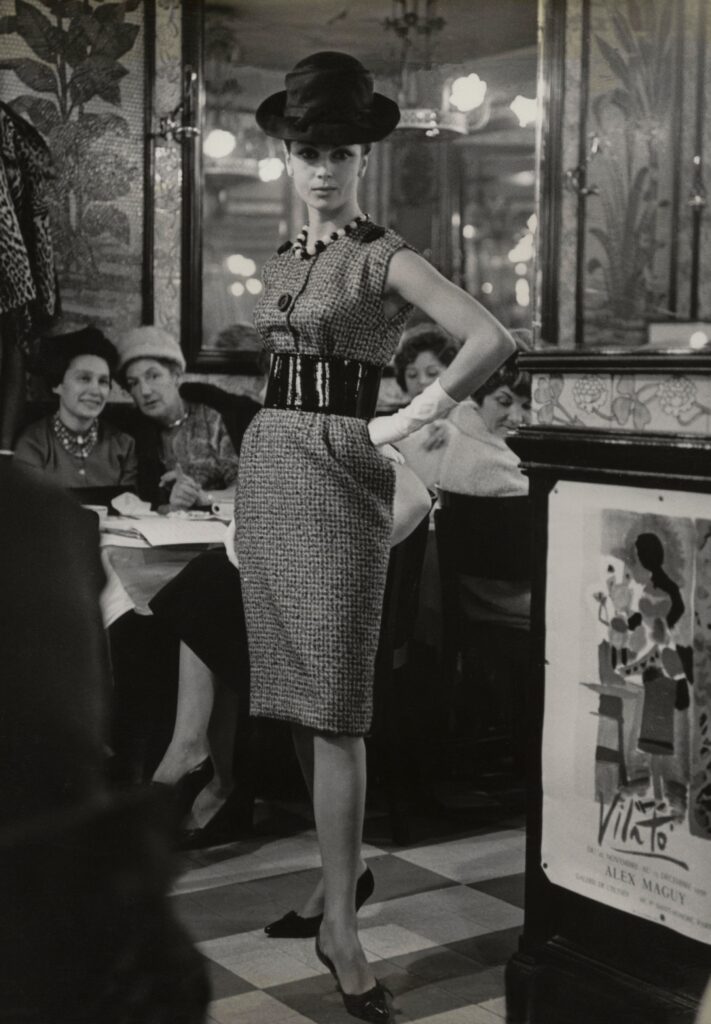
Courtesy Chloé Archive, Paris.
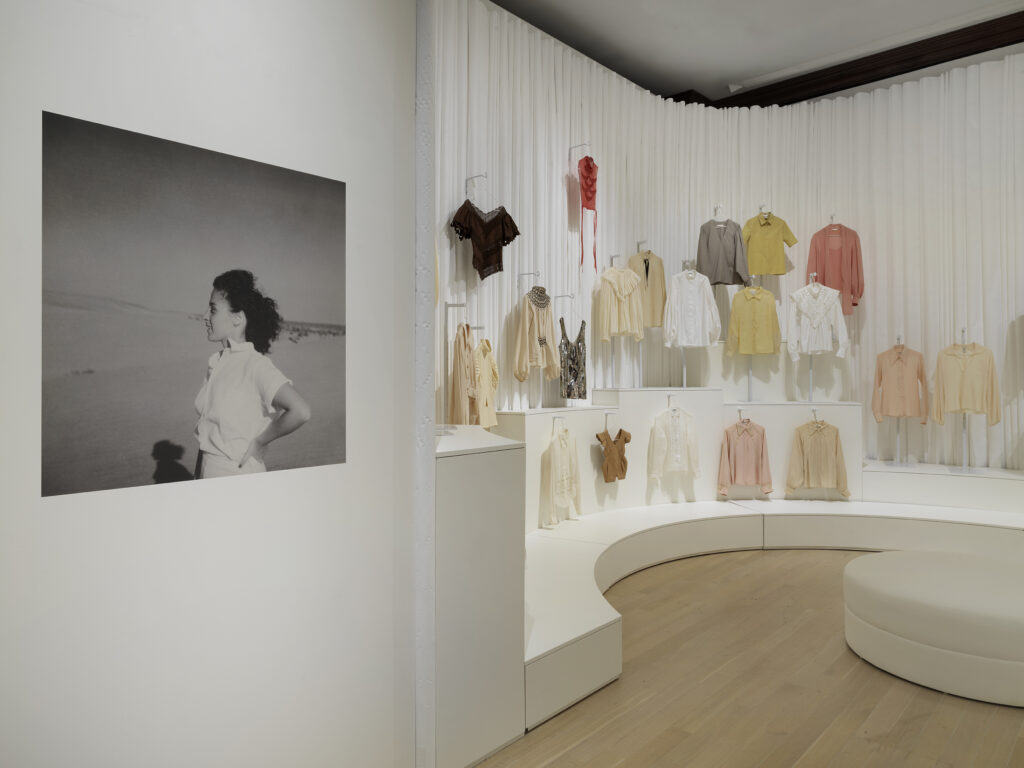
Museum, NY, October 13, 2023-February 18, 2024. Photo by Dario Lasagni. Image courtesy the
Jewish Museum, NY.
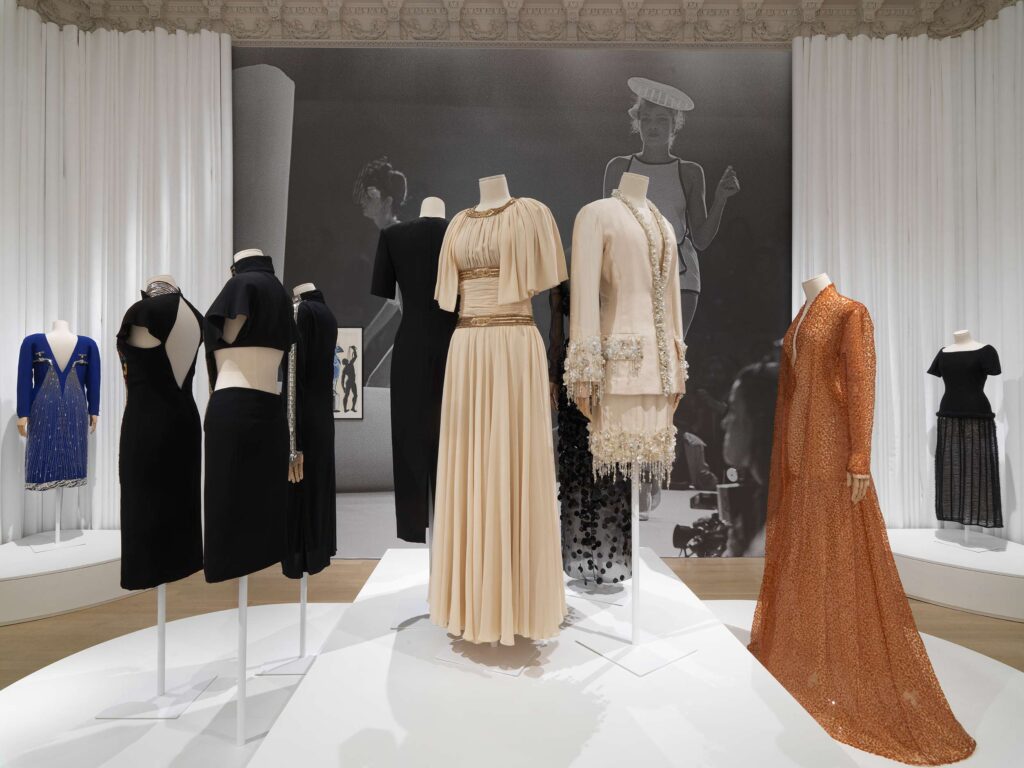
Museum, NY, October 13, 2023-February 18, 2024. Photo by Dario Lasagni. Image courtesy the
Jewish Museum, NY.
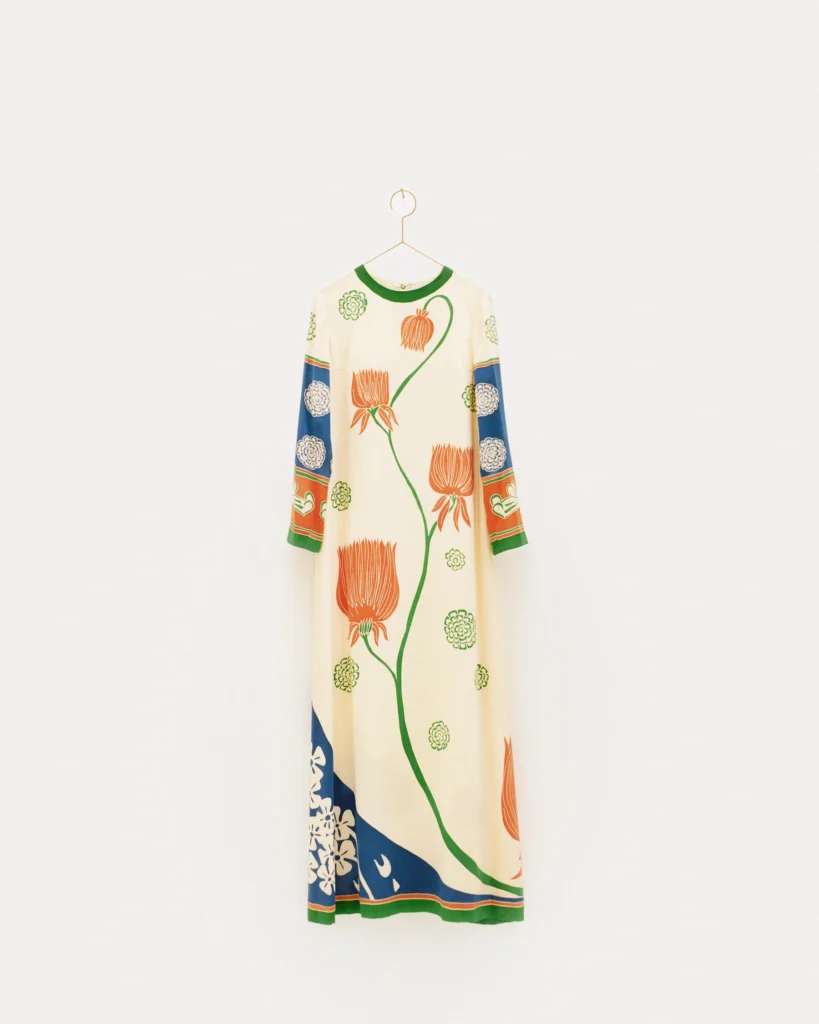
Nicole Lefort. © Chloé Archive, Paris. Photo by Julien T. Hamon. Courtesy the Jewish Museum, NY.
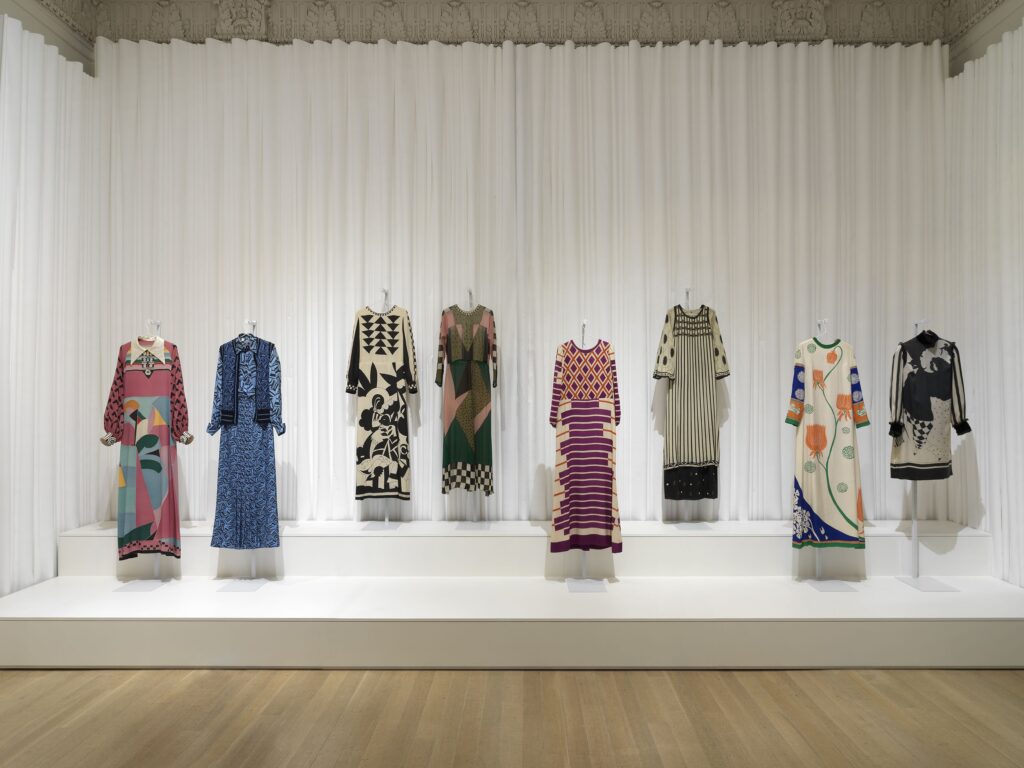
Museum, NY, October 13, 2023-February 18, 2024. Photo by Dario Lasagni. Image courtesy the
Jewish Museum, NY.
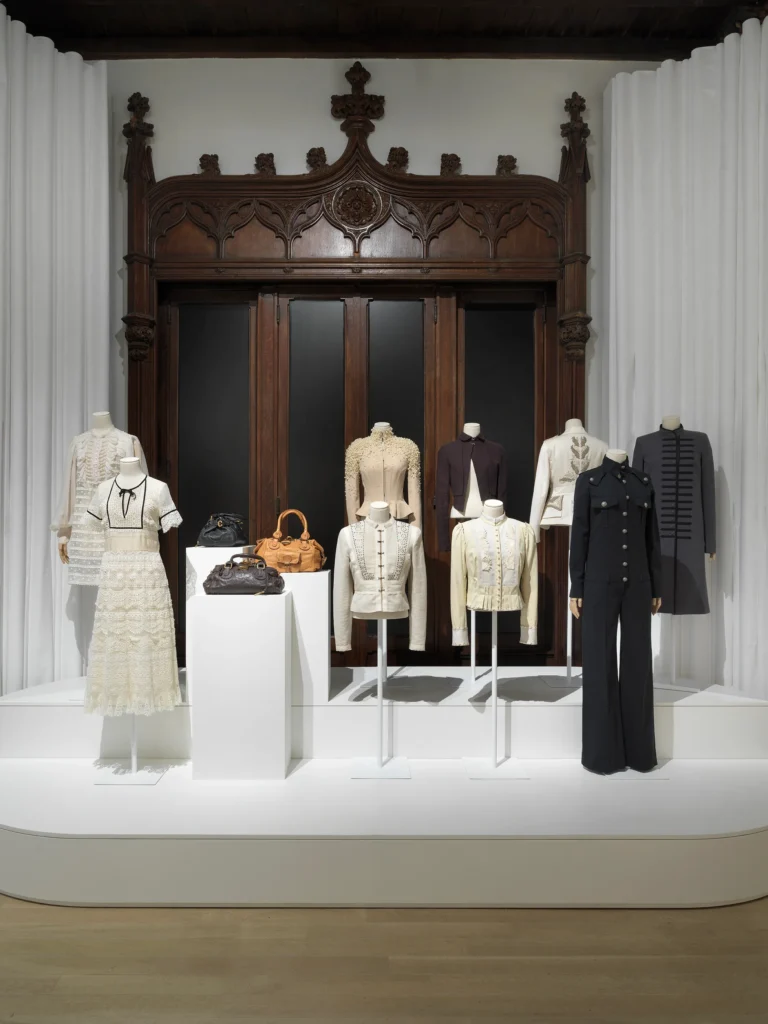
Museum, NY, October 13, 2023-February 18, 2024. Photo by Dario Lasagni. Image courtesy the
Jewish Museum, NY.
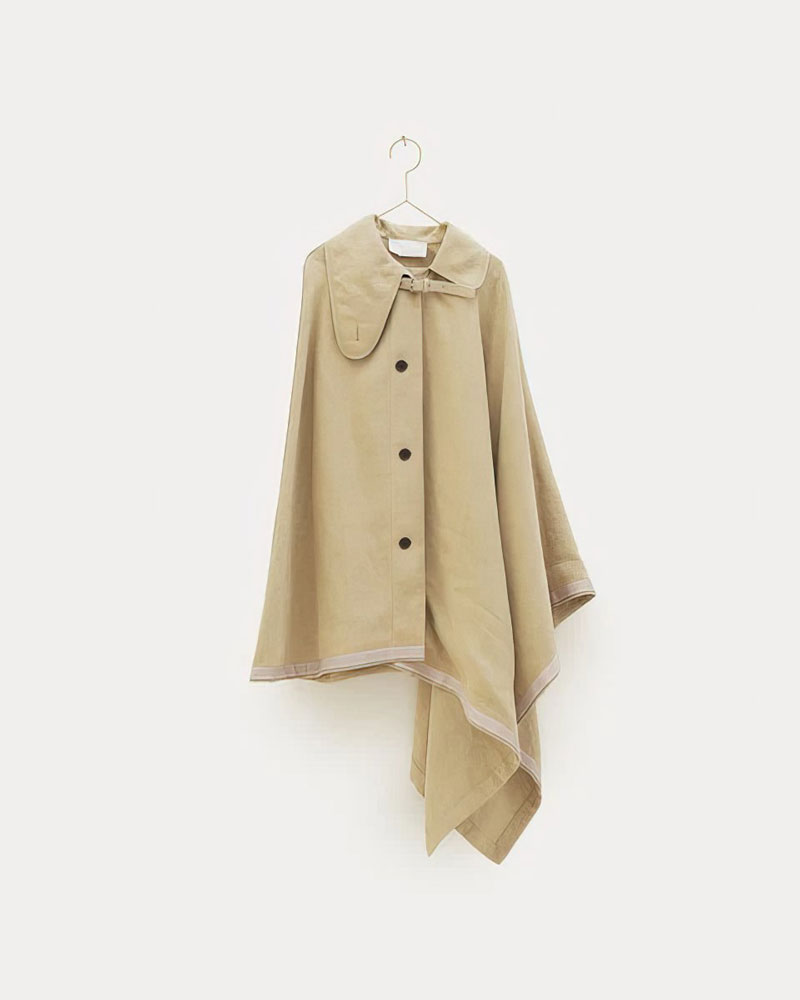
Photo by Julien T. Hamon. Courtesy the Jewish Museum, NY.

1940–45. Courtesy Philippe Aghion and Chloé Archive, Paris.
